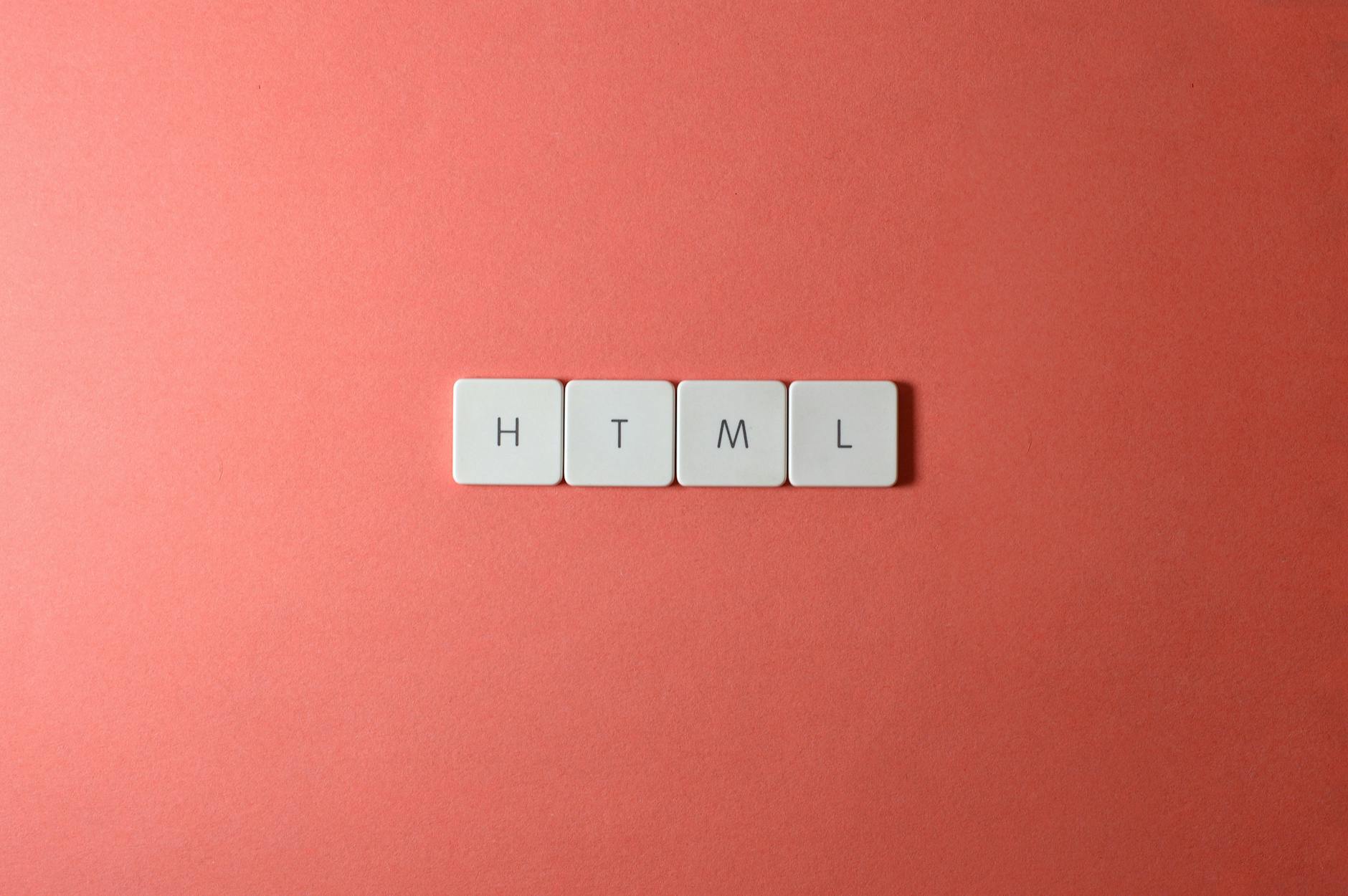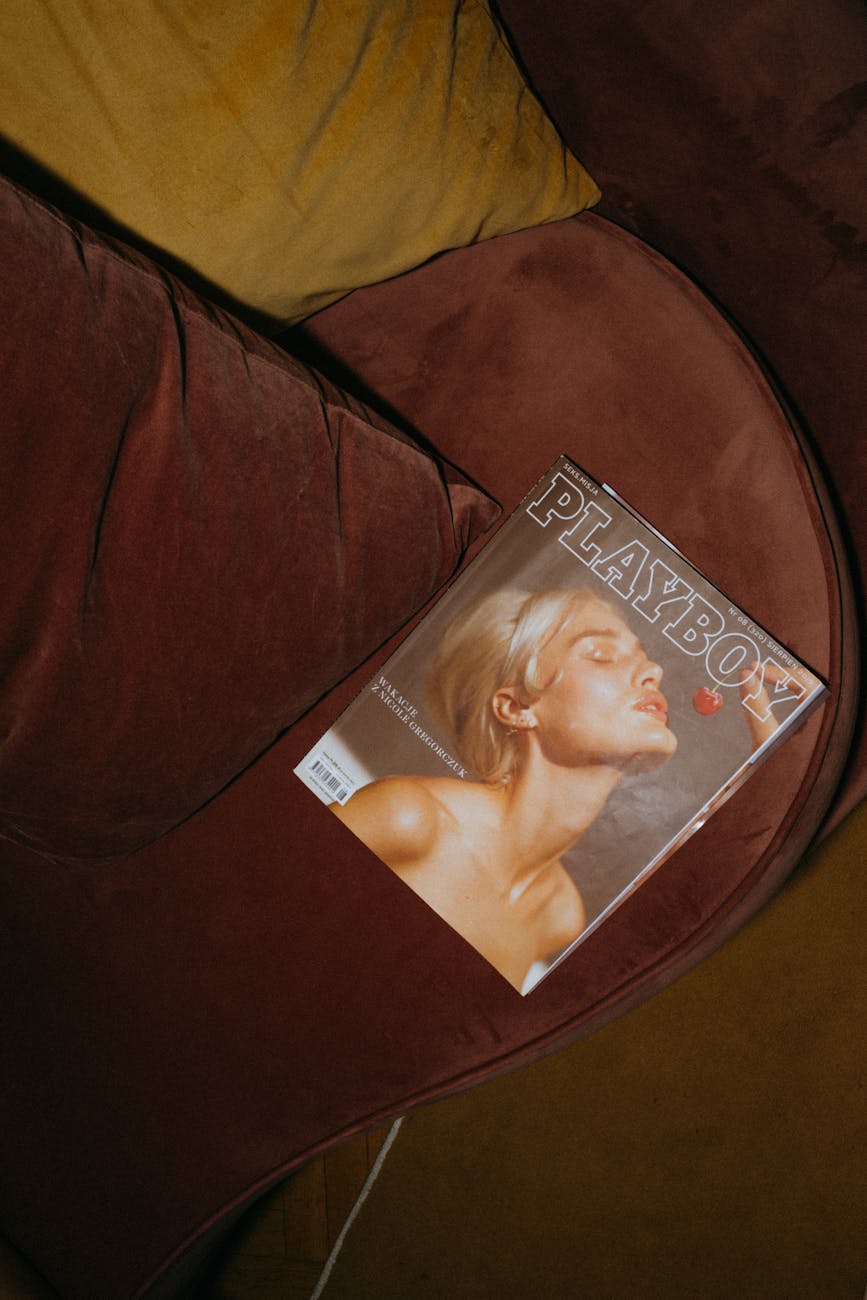Typography and User Experience: A Deep Dive into Web Design
The relationship between typography and user experience (UX) in web design is a crucial yet often overlooked element in creating engaging digital spaces. As web designers, we prioritize aesthetics, functionality, and accessibility, but typography unifies these components by influencing how users perceive and interact with web content. This article explores the significance of typography in UX, examined through various lenses, including readability, hierarchy, emotional engagement, and branding. By understanding how typefaces, spacing, and layout impact user perception and behavior, designers can create visually compelling and user-friendly websites that resonate with their audience. Join us as we dive deeper into this essential aspect of web design.
Readability: The Foundation of Effective Communication
At the core of typography lies readability, which refers to how easily text can be understood. Factors impacting readability include:
- Font choice: Sans-serif fonts like Arial are often preferred for digital content due to their clean lines.
- Font size: Generally, a minimum of 16px is recommended to ensure legibility.
- Line height: Appropriate line spacing (1.5 times the font size is common) can enhance readability.
Web designers must balance these elements to create an inviting reading experience. Websites with excessive font variations or overly decorative typefaces can deter users, making clear communication less effective. Clear typography not only fosters user comprehension but also encourages users to stay longer on the site, reducing bounce rates significantly.
Hierarchy: Guiding the User’s Eye
Once readability is established, establishing a clear hierarchy is essential for guiding user attention. Typography serves as a visual map through size, weight, and color variations that delineate content sections. Consider the following strategies:
- Headings and subheadings: Using larger, bolder fonts for headings helps break up text and signals importance.
- Contrast: High contrast between text and background allows for easier scanning of information.
- Consistent styles: Consistency in typography across a website enhances user familiarity and makes navigation intuitive.
When implemented effectively, typography hierarchy elevates user experience by making information easily digestible, allowing users to quickly locate key information and enhancing overall satisfaction.
Emotional Engagement: Typography’s Psychological Impact
Typography is not just about functionality; it evokes emotions and reinforces brand identity. Different typefaces convey varying moods and attitudes. For example, serif fonts may evoke tradition and formality, whereas rounded sans-serif fonts might communicate friendliness and approachability. It’s crucial to consider:
- Brand consistency: Maintain a consistent typography style that reflects your brand’s ethos across all platforms.
- Audience perception: Understand your target audience and select typefaces that resonate with their preferences.
- Cultural nuances: Typography can vary in significance across cultures; understanding these differences can enhance user engagement.
Integrating these elements into web design not only appeals to users on an aesthetic level but also creates a deeper emotional connection that can drive loyalty and trust.
Branding: Visual Identity Through Typography
Typography plays a pivotal role in establishing a brand’s visual identity. It can differentiate a brand from competitors and reinforces branding across various platforms. To harness typography effectively in branding:
- Logo design: Custom typefaces or carefully chosen fonts can become iconic representations of a brand.
- Typeface pairs: Select complementary typefaces that work harmoniously together, reflecting the brand’s personality.
- Application consistency: Use the same typography across all marketing materials, from websites to social media, bolstering brand recognition.
As users interact with a brand’s typography, they form perceptions that can influence their purchasing decisions and overall loyalty. A thoughtful approach to typography can solidify a brand’s positioning in the market.
Conclusion: The Integral Role of Typography in User Experience
In summary, typography is a central pillar of user experience in web design that significantly impacts readability, hierarchy, emotional engagement, and branding. By choosing the right typefaces, establishing clear hierarchies, and evoking emotions through design, web designers can create experiences that foster engagement and satisfaction. Furthermore, maintaining a consistent visual identity through typography solidifies a brand’s presence in the digital landscape. As technology evolves, the role of typography will continue to adapt, making it critical for designers to stay informed about trends and best practices. By prioritizing typography in web design, we can enhance user experiences, increase accessibility, and ultimately create more impactful digital spaces.
Image by: Miguel Á. Padriñán
https://www.pexels.com/@padrinan




